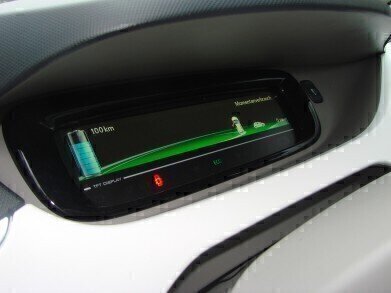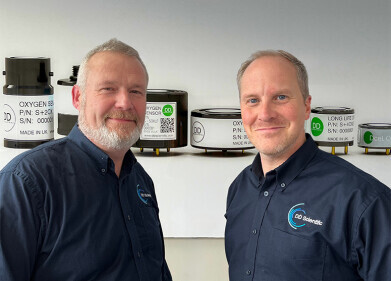Business News
Can We Charge Electric Cars on the Go?
Jul 24 2017
One of the biggest problems facing the widespread adoption of electric cars in place of petrol or diesel driven engines is their battery life; no one wants to be stranded halfway through their journey because they’ve ran out of juice.
So far, that problem has been addressed by hybrid cars (which contain both electric and fossil fuel engines) and with the slow but steady progress in improved battery lives. Now, a team of scientists from Stanford University in California are exploring ways to charge the battery while the car is in motion, meaning it would theoretically never exhaust itself.
Tweaking the wireless charge
At present, most charging systems which operate without cables require that the object is stationary in order to receive the charge. Indeed, the precise position of the object from the source of power is crucial to maintaining the flow of energy; if either moves, the circuit can easily be broken and the charge halted.
“For stationary charging this is not an issue, because you know the distance and you can always tune the circuit to the optimum condition,” explained Shanhui Fan, lead researcher on the project. “But if you are thinking about dynamic charging, when the distance constantly varies, then you need to continuously tune the circuit in order to maintain the efficiency.”
In order to achieve this dynamic charge, Fan and his colleagues borrowed a concept from quantum mechanics known as a “parity-time symmetric circuit”. By inserting an amplifier into the coil itself, the radio waves necessary to facilitate the charge are generated by the coil, thereby making it possible to continue charging even as it is in motion.
An “ingenious strategy”
The technique has thus far only been tested using an LED bulb, which obviously requires far less energy than it takes to power a car. However, Fan and his team believe that a series of coils could be installed into roadways, which pass power to the coil inside the car as it passes over them.
There remain many teething problems to overcome, including managing power on such a magnified scale and its ability to deal with the high speeds involved in road travel. However, Paris-based scientist Geoffrey Lerosey, who wrote an accompanying document to the study published in the journal Nature, has called it an “ingenious strategy” which could revolutionise the way we think about dynamic charging.
In a year when concerns about air quality and reducing emissions are at an all-time high, this sort of technology is exactly the sort of thing which can help to curb the damage wrought by climate change. Even if the problems with transferring the technique to greater amounts of power prove to be insurmountable, it can still provide innumerable applications and benefits to our everyday lives.
One such application could be the charging of medical devices implanted into the body, for example. In any case, Fan and his team have struck upon a novel use for one of the basic tenets of quantum mechanics.
Digital Edition
IET 34.2 March 2024
March 2024
Gas Detection - Biogas batch fermentation system for laboratory use with automatic gas analysis in real time Water/Wastewater - Upcycling sensors for sustainable nature management - Prist...
View all digital editions
Events
Apr 22 2024 Hannover, Germany
Apr 22 2024 Marrakech, Morroco
Apr 23 2024 Kuala Lumpur, Malaysia
Apr 23 2024 Kintex, South Korea
Apr 23 2024 Edmonton, AB, Canada



















